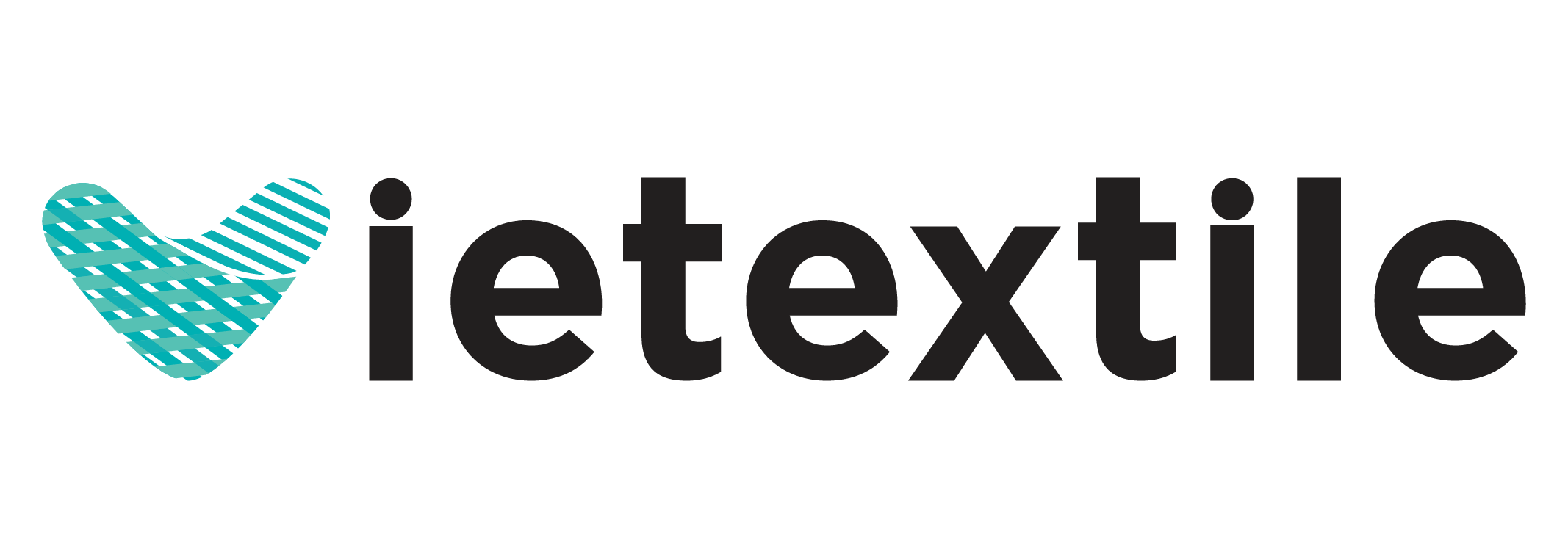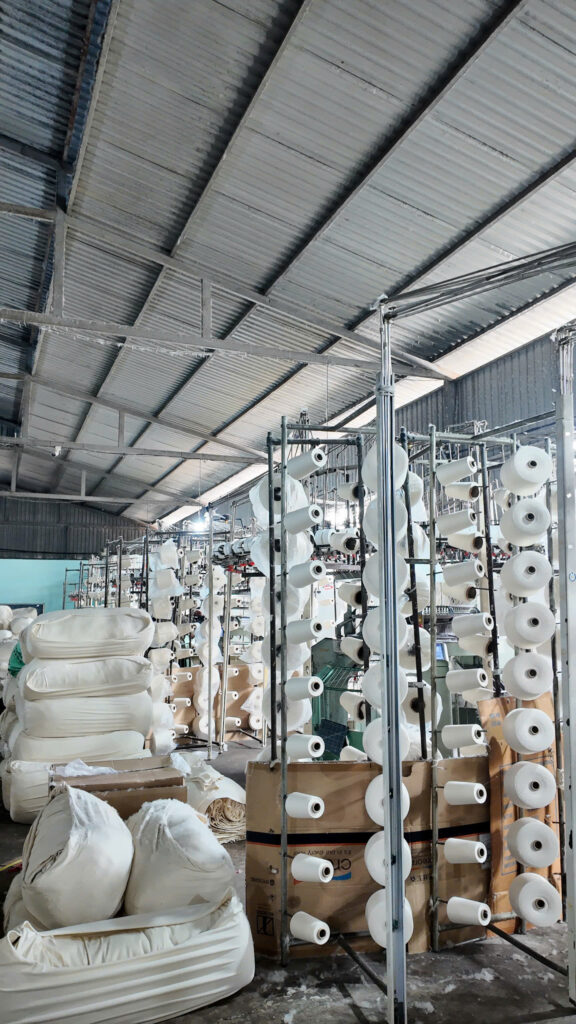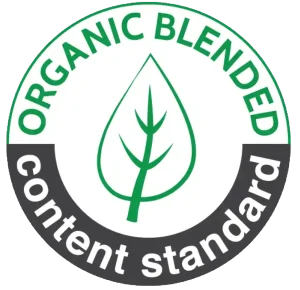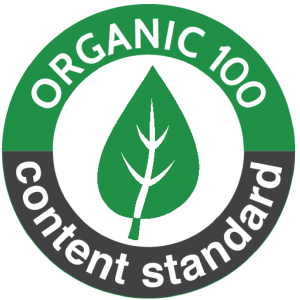Have you ever wondered why some weaving looms operate flawlessly for decades, while others seem to suffer from constant breakdowns and quality issues? The secret isn’t luck; it’s a disciplined and strategic approach to weaving machine maintenance. In the high-stakes world of textile manufacturing, where every minute of uptime directly translates to revenue, a robust maintenance program is not a cost center—it is a core business strategy that drives profitability, quality, and long-term success.
This definitive guide provides a comprehensive framework for developing a world-class weaving machine maintenance program. We will cover foundational strategies, a detailed 7-step procedural checklist, and advanced optimization techniques to ensure your machinery runs at peak performance for its entire lifespan.
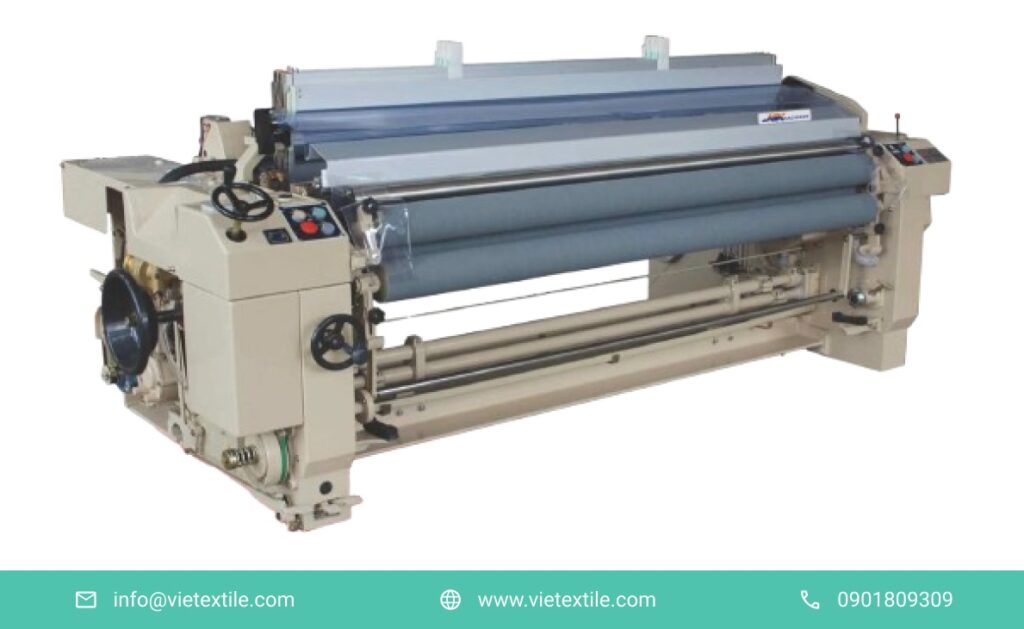
Understanding the 3 Types of Maintenance Strategy
Nội dung tóm tắt
ToggleBefore creating a checklist, it’s crucial to understand the philosophy behind your maintenance program. The most successful factories blend all three approaches to create a holistic weaving machine maintenance system.
1. Preventive Maintenance (The Foundation)
This is a schedule-based strategy and the bedrock of all reliable factory operations. Tasks are performed at regular, predetermined intervals (e.g., daily, weekly, monthly) to proactively prevent problems. A typical preventive checklist, a key part of weaving machine maintenance, might include:
- Daily: Wipe down sensors, remove lint from key areas.
- Weekly: Check drive belt tension, clean electrical cabinet filters.
- Monthly: Perform full lubrication, run calibration checks. This foundational approach is proven to significantly reduce unexpected failures and is the easiest to implement.
2. Predictive Maintenance (The Future of Efficiency)
This is a condition-based strategy that leverages modern technology to perform maintenance only when necessary. This is the advanced level of weaving machine maintenance.
- How it Works: IoT sensors are placed on critical components (like main motors and bearings) to monitor variables such as temperature, vibration, and acoustic signatures in real-time. This data is fed into a Computerized Maintenance Management System (CMMS).
- The Benefit: By analyzing data trends, the system can predict that a bearing is beginning to wear out weeks before it fails. This allows you to schedule a repair during planned downtime, avoiding a catastrophic mid-production breakdown. This data-driven strategy optimizes labor and part usage, representing the future of effective weaving machine maintenance.
3. Corrective Maintenance (The Expensive Firefight)
This is a reactive, “run-to-failure” strategy where maintenance is only performed after a machine has already broken down. While sometimes unavoidable, a factory that relies on this method will constantly struggle with high hidden costs. These include not just the repair itself, but also expedited shipping for emergency parts, technician overtime, ruined fabric, and severe reputational damage from missed client deadlines. A proactive weaving machine maintenance plan is designed to make corrective maintenance a rare exception, not the norm.
The 7-Step Core Weaving Machine Maintenance Process
This detailed process forms the backbone of any effective preventive maintenance program. Each step in this weaving machine maintenance checklist is critical for ensuring machine longevity and performance.
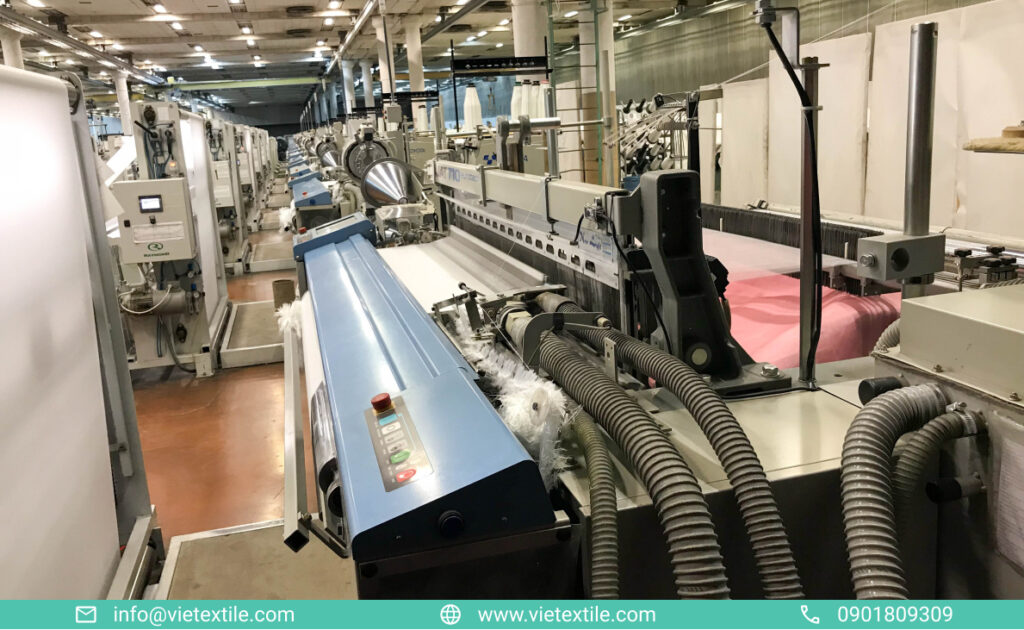
Step 1: Routine Cleaning and Debris Removal
The textile mill environment is filled with contaminants that are the primary enemy of precision machinery. This is the most frequent weaving machine maintenance task.
- What to Clean: Focus on critical zones like heddles, harness frames, the reed, and drive motors.
- Commonly Missed Spots: Pay special attention to the inside of the shuttle box (on shuttle looms), the main motor’s cooling fins, and areas beneath the warp line where debris accumulates.
- How to Clean: Use a combination of vacuuming, soft brushes, and low-pressure compressed air for a thorough weekly clean.
Step 2: Lubrication of Moving Parts
Proper lubrication is arguably the most critical task in preventing mechanical wear.
- What to Lubricate: All moving parts as specified by the OEM, including main drive gears, crankshaft bearings, picking mechanisms, and linkages.
- Consequences of Improper Lubrication: Using an oil with the wrong viscosity can create excess drag, increasing energy consumption. Using too little oil leads to metal-on-metal scoring and premature failure. This is why following the OEM chart is a non-negotiable part of professional weaving machine maintenance.
- Choosing the Right Lubricant: Using high-quality, specialized lubricants is essential. Products like Shell Tellus S2 MX or Mobil DTE series oils are often recommended for their excellent stability and anti-wear properties. A full lubrication schedule is a cornerstone of this weaving machine maintenance guide.
Step 3: Electrical System and Sensor Checks
A modern loom is a complex electronic device. Diligent weaving machine maintenance must include the electrical systems.
- What to Check: Inspect electrical cabinets for dust. Check all safety sensors, and especially the critical warp stop motion sensors and weft feelers. A failure in these can ruin meters of fabric before being noticed.
- How to Check: Use a multimeter to check for loose connections. Clean optical sensors with a lint-free cloth. Always follow proper lockout-tagout safety procedures before opening any electrical cabinet.
Step 4: Mechanical Wear Inspection
This step involves looking for parts that are nearing the end of their service life.
- What to Inspect: Check for visible wear on parts that experience high friction or impact, such as shuttle pickers, rapier heads, drive belts, and bearings. Listen for any new or unusual noises during operation.
- Why it Matters: Replacing a worn $50 belt before it snaps can prevent thousands of dollars in damage and downtime that would result from the failure. This is a key cost-saving element of proactive weaving machine maintenance.
Step 5: Machine Calibration and Adjustment
Over time, all machines drift from their optimal settings. This is a high-skill weaving machine maintenance task.
- What to Calibrate: Key parameters include warp tension, shed timing (the opening for the weft), pick density, and motor synchronization.
- How to Calibrate: This requires skilled technicians using specialized tools, like a stroboscope to check shed timing or tension meters for the warp sheet. A minor miscalibration can reduce weaving efficiency by 10-15%.
Step 6: Pneumatic/Hydraulic System Check (for Air/Water-Jet Looms)
For owners of these specific machines, this is a vital part of the weaving machine maintenance routine.
- What to Check: Inspect all hoses and connections for air or water leaks, which waste enormous amounts of energy. Check and clean or replace main air/water filters regularly to ensure a clean supply. Monitor pressure gauges to ensure stable operating pressure.
Step 7: Documentation and Record Keeping
A professional weaving machine maintenance program is built on good data.
- What to Do: Maintain a dedicated logbook for every machine. Record every maintenance task, every part replacement, and every breakdown.
- Why it Matters: This logbook becomes the machine’s history. It allows you to track wear patterns, calculate the true cost of ownership, and hold your maintenance team accountable.
Excellent. Here is a rewritten and significantly more detailed version of that section. This new content is optimized for SEO by naturally integrating keywords, and for user experience by using a clear structure, analogies, and actionable, expert-level advice.
From Maintenance to Optimization: 3 Advanced Strategies to Maximize Loom Performance
While a consistent maintenance schedule prevents failures, a truly world-class operation moves beyond prevention to active optimization. The goal shifts from simply keeping the machines running to making them run smarter, faster, and more profitably. This is where you can unlock significant competitive advantages. The following three strategies represent the next level of weaving machine maintenance, transforming it from a technical task into a strategic business function.

Strategy 1: Embrace Predictive Maintenance with IoT Integration
Implementing Internet of Things (IoT) technology is the single most powerful leap you can take from a reactive to a predictive maintenance model. It’s about letting the machine tell you what it needs before it needs it.
- How It Works: This strategy involves retrofitting your looms with a network of smart sensors that monitor the machine’s health in real-time. Key sensors include:
- Vibration Sensors: Placed on main motors and critical bearing housings, they detect microscopic changes in vibration that indicate the very beginning of mechanical wear.
- Thermal Sensors: These monitor the temperature of motors and electrical cabinets, providing early warnings of overheating caused by friction or electrical faults.
- Acoustic Sensors: Capable of “listening” to the machine, these can identify changes in sound patterns that correspond to specific types of component stress.
- Power Consumption Monitors: A sudden spike in the energy needed to run a motor is a clear sign that it’s working harder than it should be, likely due to friction or misalignment.
- The Data-to-Action Pathway: The data from these sensors is continuously fed into a Computerized Maintenance Management System (CMMS). Here, algorithms analyze the data streams, identify anomalies, and automatically generate a work order for the maintenance team when a predictive threshold is crossed. Instead of relying on a generic schedule, this approach to weaving machine maintenance is based on the actual, live condition of your equipment.
- The ROI in Action: A preventive schedule might dictate changing a primary bearing every 12 months. With predictive maintenance, the vibration sensor might indicate that the bearing is still in perfect condition at 12 months, allowing you to safely extend its life to 18 or 20 months. Conversely, it might detect a premature failure at 9 months, allowing you to replace it during planned downtime instead of having it fail catastrophically mid-production. This data-driven precision is the future of industrial asset management.
Strategy 2: Empower Your Team Through Continuous Training
The most sophisticated sensor in your entire factory is the well-trained, experienced operator. While IoT provides the data, your team provides the critical human intelligence. Investing in their skills is the most cost-effective form of weaving machine maintenance.
- The Operator as the First Responder: A properly trained operator develops a feel for their machine. They are the first to notice a subtle change in sound, a new vibration, or a minor inconsistency in the fabric long before a sensor might flag it as a critical issue. Empower them not just to run the machine, but to be its guardian. Train them to perform Level 1 maintenance tasks (the daily checklist) with precision and to document any abnormalities, no matter how small.
- Beyond the ‘On’ Button – Creating Technical Competency: Your training program should extend beyond basic operations. It should cover:
- Root Cause Awareness: Teach operators why they are cleaning a certain part. When they understand that lint buildup on a sensor causes misreads that lead to waste, they will be more diligent in their tasks.
- Diagnostic Skills: Train technicians to interpret error codes, read diagnostic screens, and use tools like multimeters and stroboscopes to accurately diagnose issues rather than just guess.
- Structured Learning: Leverage training programs from the Original Equipment Manufacturer (OEM). Brands like Picanol and Toyota often provide excellent online or in-person courses. Supplement this with regular in-house refresher training and visual Standard Operating Procedures (SOPs) posted at each machine.
Strategy 3: Leverage Data for Continuous Improvement
The maintenance logbook should not be a dusty record of past failures; it should be an active database for strategic analysis. This data-driven approach is the ultimate goal of a mature weaving machine maintenance strategy.
- From Logbooks to Roadmaps: Your maintenance data, whether tracked in a spreadsheet or a sophisticated CMMS, is a goldmine of information. By analyzing it, you can move beyond fixing individual problems and start solving systemic issues.
- Root Cause Analysis (RCA) in Practice: Don’t just fix the symptom; find the disease.
- Scenario: Your logs show that “Loom #7” requires a weft sensor replacement every three months, while other looms go for a year.
- Bad Response: Keep replacing the sensor every three months.
- Good Response (RCA): Investigate the root cause. Is there a power fluctuation on that specific electrical circuit? Is the sensor’s mounting bracket subject to excess vibration from a neighboring machine? Is a specific yarn type shedding fibers that contaminate that particular sensor? Solving the root cause might eliminate that recurring problem permanently.
- Creating the Improvement Feedback Loop: The insights gained from your data analysis should be used to refine your entire weaving machine maintenance program. If you discover that a certain type of bearing fails more often in the summer months, you can adjust your lubrication schedule to use a higher-viscosity grease during that period. This feedback loop—from data to analysis to action to improved performance—is the hallmark of a world-class manufacturing operation.
Conclusion
Weaving machine maintenance is not a cost center; it is a high-return investment in productivity, quality, and profitability. By evolving from a reactive “firefighting” approach to a disciplined, data-driven strategy that combines preventive and predictive techniques, you can secure the longevity of your most valuable assets. Implementing a professional weaving machine maintenance program is the key to unlocking the full potential of your factory and building a lasting competitive advantage in a demanding market.
Partner with Experts for Your Maintenance Strategy
VieTextile provides advanced industrial weaving machine solutions and comprehensive support services. We offer professional maintenance programs, repair services, and a full inventory of genuine machinery spare parts to help our clients maximize performance, minimize risk, and enhance profitability.
Contact us today for a free consultation on building an optimal maintenance strategy for your factory.
FAQ
1. How often should I perform a major maintenance check? While minor weaving machine maintenance is weekly and monthly, a major overhaul (including tasks like replacing key bearings and seals) should typically be scheduled annually or based on a specific number of operating hours, as recommended by the machine’s manufacturer.
2. What’s the difference between preventive and predictive maintenance? Preventive maintenance is time-based (e.g., “lubricate every Monday”), performed to prevent failures. Predictive maintenance is condition-based (e.g., “lubricate when a sensor detects increased vibration”), performed just before a failure is predicted to occur.
3. What are the most common weaving machine errors to look for? The most common issues are related to thread breaks (warp or weft), incorrect tension leading to fabric defects, unusual vibrations from worn bearings, and motor overheating. A good weaving machine maintenance program aims to prevent these.
4. Can using the wrong lubricant damage my weaving machine? Absolutely. Using a lubricant with the wrong viscosity or thermal stability can fail to reduce friction, leading to rapid wear, overheating, and catastrophic failure of bearings and gears.
5. How much can a business realistically save with a good maintenance program? Industry studies and real-world data show that a well-run weaving machine maintenance program can reduce overall repair costs by 30-40% and significantly boost production uptime, leading to higher overall profitability.
